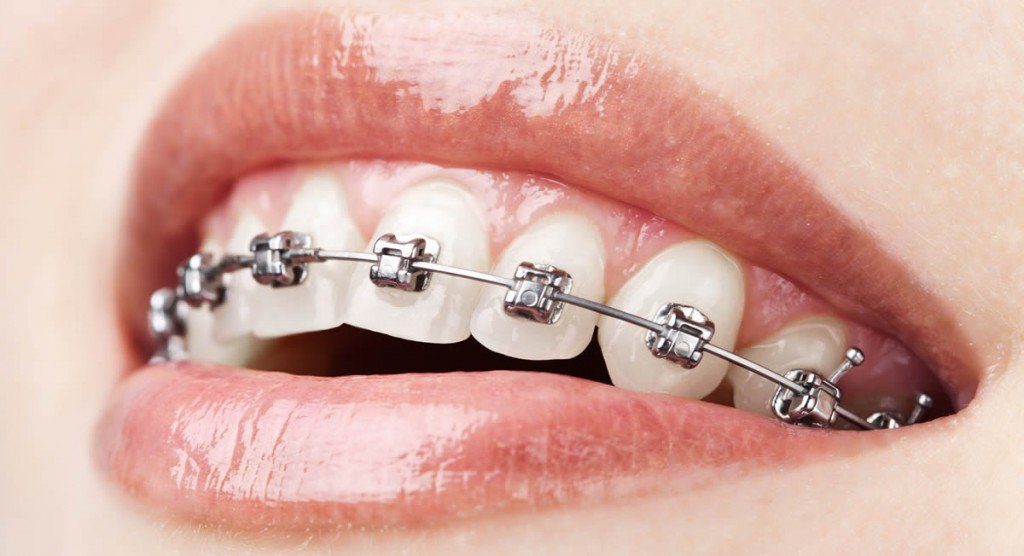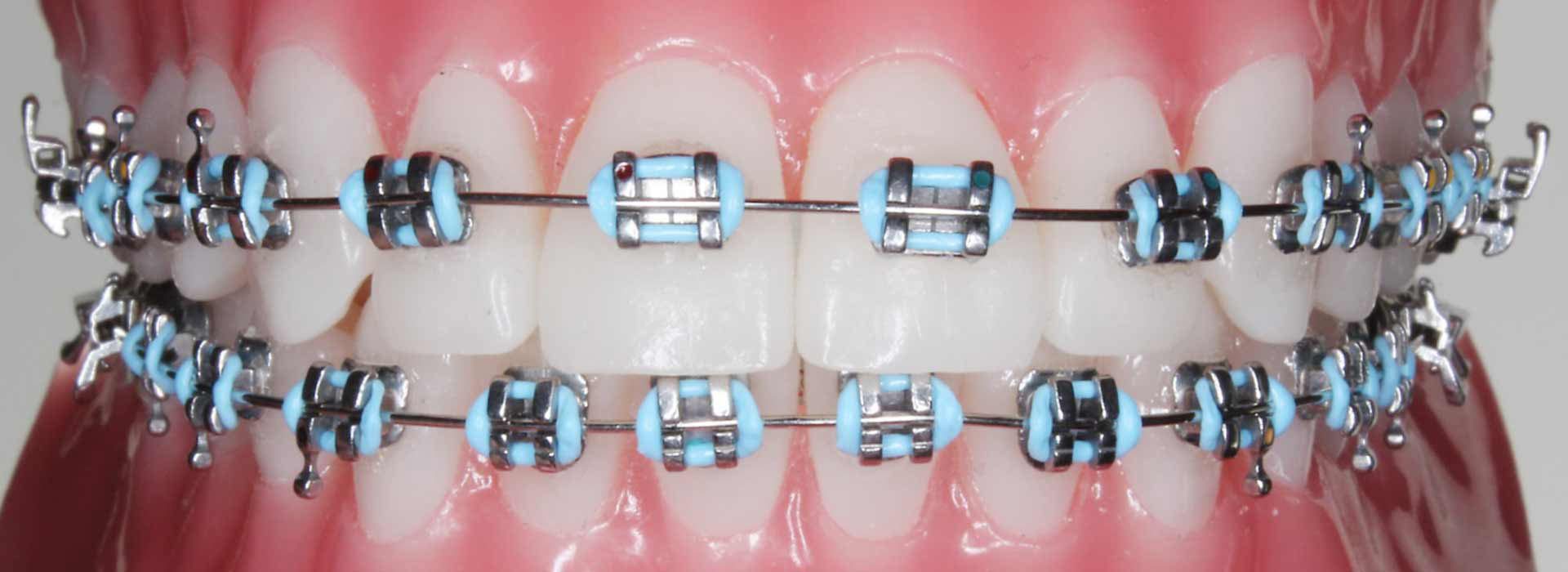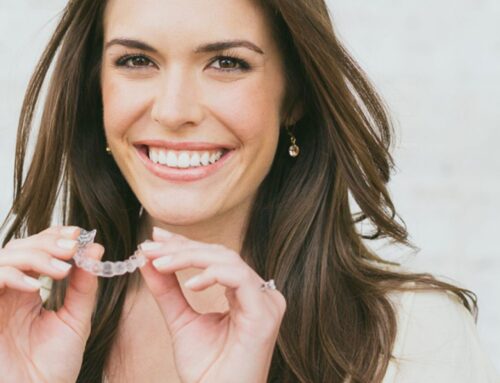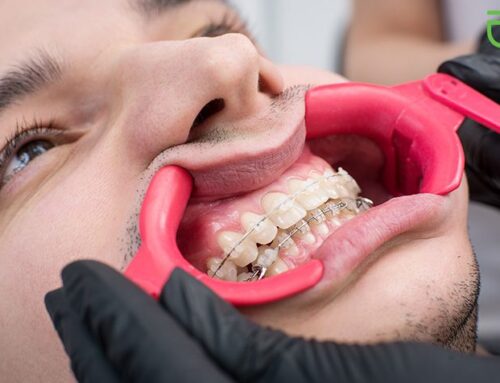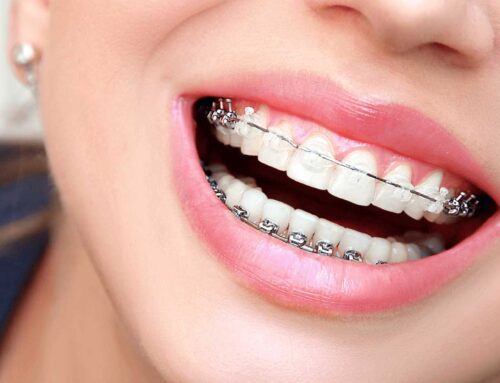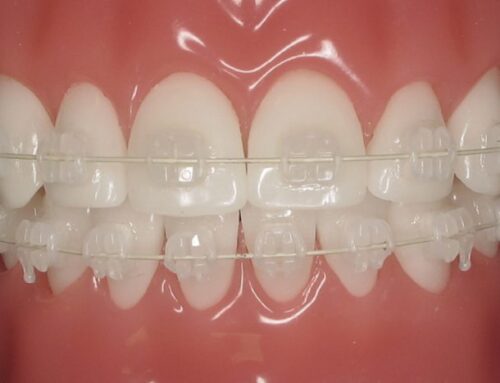Everything You Need to Know About Metal Braces
When it comes to straightening teeth, closing gaps, fixing overbites or correcting under-bites, metal braces are simple, effective and produce fantastic results. However, many patients really don’t know what to expect from orthodontic treatment, or what the differences are in the options they may have to choose from.
If you are considering having orthodontic treatments and are unsure about what to expect, and what the overall treatment process will be like, then this article will provide clarity and insights in to what the experience of having braces will mean for you.
There are many reasons that people choose to undergo orthodontic treatment, and there are also some instances where they may be required for specific medical or dental health concerns. Let’s take a look at some of the most common reasons that patients get braces.
Why do people need braces?
The most common reasons that people get braces is to straighten, align, and adjust gaps in their teeth. Braces are used to alter the position and alignment of teeth within the jaw, gradually closing gaps that are too big and repositioning teeth that may be too close together or crowded.
Braces are also commonly used to correct overbites or under-bites. These conditions result in the top and bottom jaws not aligning when biting down, which can have effects on speech and potentially result in discomfort when chewing.
For young patients whose teeth are growing in to spaces that are too small, braces can be used to open up the areas where new teeth are growing in. The purpose of this is to avoid more serious tooth alignment problems in the future once the full set of adult teeth are in place.
Other patients may be recommended to have braces as part of a treatment process intended to correct other oral health issues such as clenching or grinding of teeth. Often, misaligned teeth can be one of the contributing factors to these issues, and therefore should be corrected as part of the efforts to prevent the conditions from progressing.
Benefits of Orthodontic Treatment
Regardless of the underlying reason for having orthodontic treatment, whether it be for aesthetics or for medical necessity, you can look forward to many of the same advantages as a result. Obviously, one of the most prominent benefits to having braces is a straighter and more beautiful smile that will give you greater confidence and self-assurance in your appearance.
In addition, straighter teeth and a properly aligned bite pattern has a significant impact in the comfort and ease of chewing and may even allow you to enjoy certain foods that perhaps were awkward or uncomfortable to eat before your treatment. This improved alignment of the teeth can also result in a cessation of tooth grinding or clenching that would cause soreness in the jaw or recurring headaches.
A Closer Look at Metal Braces
While it may seem at first glance that there’s not a lot of difference from one set of metal braces to the next, the reality is that each set is heavily customized for each patient in order to achieve the best possible results for their particular case. Let’s take a closer look at the different types of metal braces that may be recommended for you.
Standard Metal Braces
These are the most common type of braces that you are likely familiar with and are easily recognizable. Metal braces consist of just a few main components, namely the brackets, bands, wires, ligatures, and elastics.
Brackets are the small metal fixtures that are bonded to each tooth using a dental adhesive and remain on the teeth until the treatment has been completed. The brackets provide the fixed base that allows the other components of the braces to exert the necessary pressure on the teeth to encourage movement to the desired position for each tooth.
Bands are a variant of the brackets, and perform the same function, but with an added metal ring that surrounds the tooth and provides extra stability on those areas of the jaw that require it. Normally, bands are only used on the molars or back teeth since they are typically larger and require a larger appliance.
Wires are the thin metal pieces that run through each band and bracket along the perimeter of the upper and lower teeth. Also known as arch wires, these will have a specific shape formed in them to help pull or push each tooth in the desired direction to achieve the final perfect alignment. The wires are replaced at regular increments to provide a gradual progression of movement of the teeth.
Ligatures are the small but firm elastic bands that go over top of the arch wires on each bracket and band, securely holding the wire in place. The ligatures are often available in a wide variety of colours, allowing the patient to add some personalization and creativity to the appearance of their braces. Since the ligatures are replaced at each adjustment appointment, patients can choose a different set of colours several times during the course of their treatment.
In some cases, rubber bands will be used to provide tension and resistance between the upper and lower jaw. Based on the state of the overbite or under-bite of the patient, and the general alignment of their teeth, the orthodontist will use a special bracket on specific teeth in the upper and lower jaw. Rubber bands are then attached to the pairs of brackets to gently pull the jaw in to the proper position and gradually encourage a permanent adjustment. The rubber bands can easily be removed by the patient for meals or for cleaning, and then re-attached at any time.
Fast Braces
Although very similar in visual appearance to standard metal braces, Fast Braces (also known as Accelerated Braces), are specially engineered and are used in conjunction with additional therapeutic procedures to perform the desired orthodontic adjustments in a shorter timeframe.
Fast braces use a unique type of bracket and wire that works along with oral phototherapy and subsonic wave treatments that encourage greater ease and speed of movement of the teeth within the jaw and gum tissue. Patients that opt for fast braces typically experience a treatment timeframe that is about half of that needed with a traditional set of braces and orthodontic treatment approach.
What about headgear?
Many patients inquire about the possible need for external headgear in order to achieve the necessary adjustments, especially in cases where the misalignment of the teeth is more substantial. While these cases are becoming increasingly rare due to advancements in orthodontic technology and treatment methods, there are still situations where an external appliance may be needed to produce the necessary tooth movement. For patients that do require a set of external headgear to aid in the effectiveness of their orthodontic treatment, it’s important to know that modern headgear appliances are comfortable to wear and easy to remove and attach. In any case, the use of headgear is usually only for a short period of the overall treatment.
Conclusion
If you’ve experienced frustration, discomfort, or lack of confidence due to misaligned teeth, then a set of braces may be just what you need to get your smile back in style. They’re also ideal for solving a broad range of oral health conditions that are causing negative impacts on your overall well-being, so it’s important to have an open discussion with your dentist about what the best treatment options may be for your particular case. Modern braces are able to achieve great results in less time, and for a much wider range of cases than ever before.
If you’re ready to start the process, contact the team at Georgian Dental® today and we will schedule your free, no-obligation consultation.
We’re happy to walk you through the best orthodontic treatment options you have available and answer any questions that you may have about the process.
Appointment Request
If you’re interested in any of our procedures, and would like to meet with one of our dentists to discuss options, costs and get additional information, complete this short form and we’ll give you a call to arrange for a no-obligation appointment at our Barrie clinic.
